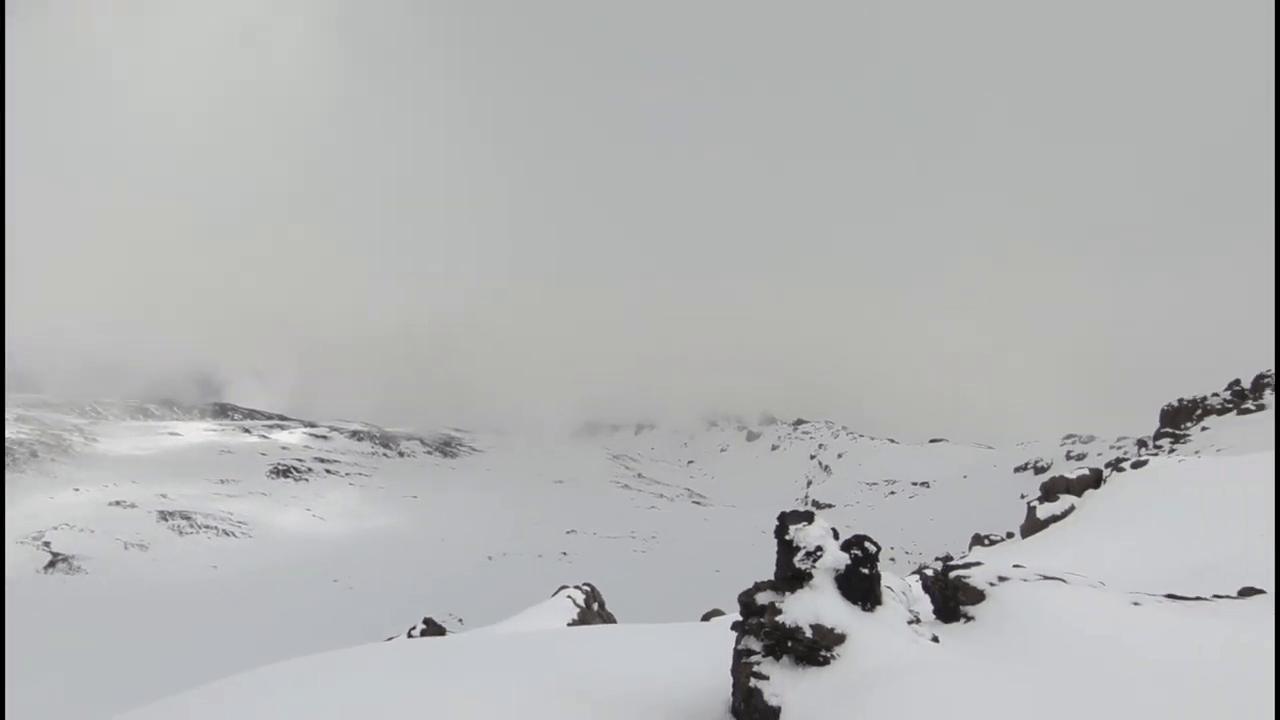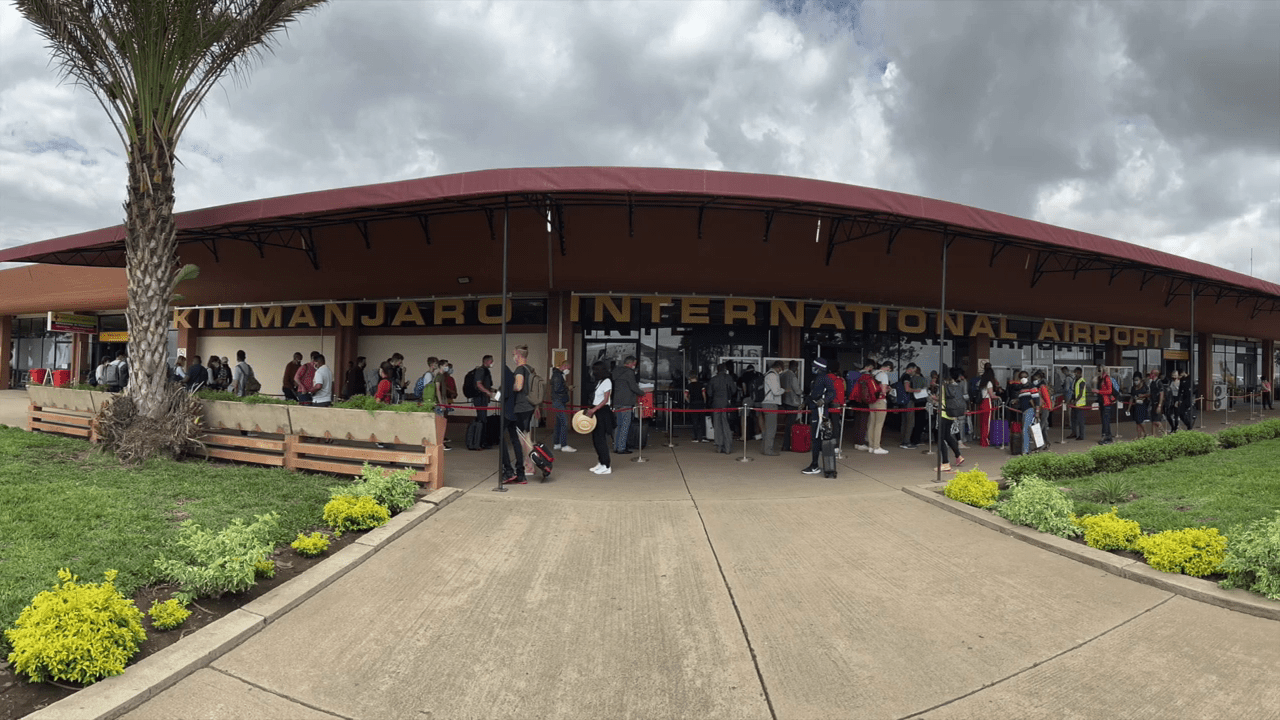Can I Continue Climbing Kilimanjaro If I Experience Mild Symptoms of Altitude Sickness?

Introduction: The Thin Line Between Safe and Risky
Altitude sickness — it’s one of the most common concerns for anyone planning to climb Mount Kilimanjaro. And rightfully so. At nearly 6,000 meters (19,341 feet), the oxygen level at the summit is just 50% of what you breathe at sea level. But here’s the thing — almost everyone experiences at least mild symptoms of Acute Mountain Sickness (AMS) at some point on the trek.
So the question becomes: if I get mild symptoms, can I still keep climbing? The answer is: Yes, but with caution and expert guidance. Mild altitude sickness doesn’t always mean turning back, but it requires careful monitoring, good communication with your guides, and knowing when to stop.
In this article, we’ll explain:
- What mild symptoms really mean
- How to identify when it’s safe to continue
- When to pause or descend
- How Eco-Africa Climbing’s expert team handles these situations
By the end, you’ll know exactly what to do — and what not to do — if AMS starts creeping in during your Kilimanjaro adventure.
What Is Mild Altitude Sickness?
Altitude sickness is your body’s reaction to thinner air and lower oxygen levels at high elevations. On Kilimanjaro, you typically start noticing symptoms above 3,000 meters — and they can vary from person to person.
Common mild symptoms:
- Headache (usually frontal or at the back of the head)
- Nausea or slight loss of appetite
- Dizziness or light-headedness
- Fatigue or lethargy
- Difficulty sleeping
These symptoms are considered “mild” if they don’t interfere with basic movement, eating, or speaking. They usually appear within 6–24 hours of arriving at a new elevation.
To learn more about the types and stages of AMS, read:
Altitude Sickness on Kilimanjaro
Why Mild AMS Happens — Even If You’re Fit
Altitude sickness is unpredictable. It affects marathon runners and couch potatoes alike. It’s not about fitness — it’s about how your body adapts to oxygen deprivation. That’s why some super-fit climbers still struggle on Kilimanjaro while others who’ve never hiked a mountain do just fine.
Factors that increase your chances of mild AMS:
- Climbing too fast (shorter routes)
- Not drinking enough water
- Poor sleep or stress
- Skipping meals or lacking nutrition
This is why choosing the right operator is key. Eco-Africa Climbing guides monitor you twice a day with a pulse oximeter and assess symptoms before they escalate.
Learn how long it takes to safely summit here:
Climbing Duration on Kilimanjaro
Can You Keep Climbing with Mild Altitude Sickness?
Yes — but only if you’re honest about your symptoms and your guides are actively monitoring you. Mild AMS is part of the adjustment process. It’s your body saying, “Hey, I’m trying to adapt.” But when handled correctly, these symptoms often improve or stabilize after a few hours or with rest.
When it’s okay to keep going:
- Your symptoms are mild and not worsening
- You can eat, walk, and speak normally
- Your SpO2 reading is above 80% and stable
- Your guides confirm you’re safe to proceed
Eco-Africa Climbing guides perform two daily checks using a pulse oximeter and symptom score card. They’ll tell you if it’s okay to move forward, rest, or descend.
Read more about monitoring and safety here:
Mountain Safety with Eco-Africa Climbing
When You Should Pause or Descend
If symptoms get worse — even slightly — you must stop. Continuing at this stage risks a rapid decline and the development of serious conditions like High Altitude Pulmonary Edema (HAPE) or High Altitude Cerebral Edema (HACE), both of which are life-threatening.
Signs that mean STOP climbing:
- Persistent or worsening headache, even after medication
- Shortness of breath at rest
- Loss of coordination or confusion
- Vomiting or inability to eat
- SpO2 below 75% or dropping rapidly
At Eco-Africa Climbing, the team carries emergency oxygen and coordinates helicopter rescue if you can’t descend safely on foot.
The Role of Itinerary in Managing Symptoms
Route and pacing make all the difference. Short climbs offer little acclimatization time, while longer routes give your body time to adjust. That’s why the majority of successful climbers take:
Compare all routes here:
Which Kilimanjaro Route is Best?
Diamox and Other Mild AMS Treatments
If you start showing symptoms, most experienced guides will recommend Diamox (acetazolamide), which speeds up acclimatization by increasing your breathing rate. It’s safe for most people and highly effective when taken properly.
Dosage for Kilimanjaro:
- 125–250mg twice a day
- Begin one day before ascent or when symptoms appear
- Drink more water — Diamox is a diuretic
Always consult your doctor before taking altitude medication. For some, ginger, garlic, and hydration help reduce symptoms naturally.
Real Experiences: How Climbers Handled Mild AMS
Mark from USA— Lemosho Route
“I had a dull headache at Karanga Camp and i use Diamox and my guide told me to slow my pace. They checked my oxygen, and I was good to go the next day. I summited with no issues.”
Linda from the UK — Northern Circuit
“Felt dizzy and nauseous at Lava Tower. My guide made me rest, drink tea, and eat soup. No rush, no pressure. I recovered with just half a day’s rest — and I reached the summit stronger than ever.”
How to Train to Reduce the Risk of AMS
While you can’t train your body for altitude directly, you can train for the physical strain of climbing. Better cardio = stronger lungs. Strong legs = less fatigue. This reduces overall stress on your body, helping it cope with altitude better.
Training tips:
- Begin 10–12 weeks before your climb
- Do long hikes with a backpack (10–15km)
- Include stair climbing and uphill walking
- Train 3–5 days a week, mixing strength and cardio
Follow this full guide:
12-Week Kilimanjaro Training Plan
Using Gear to Manage Symptoms
Having the right gear can significantly improve comfort and reduce stress that can aggravate AMS symptoms. From breathable clothing to proper hydration systems, good gear helps you stay relaxed and safe.
Must-have items:
- Breathable clothing layers
- Hydration bladder (CamelBak)
- Headlamp for late-night movements
- Sunglasses for glare and UV protection
- Good quality sleeping bag (rated -10°C or colder)
Need to rent gear in Moshi? Check this list:
Rental Gear for Kilimanjaro in Moshi
Monitoring & Rescue Preparedness
One of the most important safety measures on the mountain is having a team that takes your symptoms seriously and has the tools to respond. At Eco-Africa Climbing, medical preparedness is not optional — it’s standard.
They provide:
- Daily health checks with pulse oximeters
- Emergency oxygen for all groups
- Helicopter evacuation access with KSAR
- Trained high-altitude guides
They also follow a clear evacuation protocol for worst-case scenarios.
Conclusion: Mild Symptoms Are Normal — But Don’t Climb Alone
Almost every Kilimanjaro climber experiences some form of mild AMS. It’s part of the altitude journey. But what separates safe climbs from risky ones is the support system in place. The right team, the right pace, and the right mindset make all the difference.
If your symptoms are minor and stable, you can likely continue — as long as you’re monitored closely. But if symptoms worsen or new ones appear, the safest option is to pause, rest, or descend. Don’t tough it out. Listen to your body — and trust your guides.
That’s why you should only climb with a team like Eco-Africa Climbing, where every decision is based on safety, ethics, and your ultimate summit success.
Helpful Resources from Eco-Africa Climbing
- Altitude Sickness Guide
- Diamox for Climbing
- Kilimanjaro Training Program
- Gear List for Your Climb
- Helicopter Rescue Service
FAQs: Climbing with Mild Altitude Sickness
Can I still summit with a headache?
Yes, if it’s mild and doesn’t get worse with movement or medication. Always check with your guide.
What’s the best thing to do at the first sign of AMS?
Tell your guide immediately, hydrate, rest, and allow your body time to adjust before continuing.
How fast can mild AMS turn serious?
It can change rapidly — within hours. That’s why constant monitoring is key to safety.
Does everyone on Kilimanjaro get altitude sickness?
Most get some symptoms. With proper care, it’s manageable for the vast majority of trekkers.
Can I use Diamox during the climb?
Yes — many trekkers take it preventively or at the first sign of symptoms, as directed by a doctor.
Ready to Climb Smart and Summit Strong?
Don’t let altitude fears hold you back. With the right support team, mild symptoms won’t stop your dream. Book your safe, guided, ethical adventure with a KPAP-verified leader.
Climb with Eco-Africa Climbing:
Contact us now to plan your summit
Share:
Related Posts

bathroom on mountain kilimanjaro
Bathroom on Mountain Kilimanjaro: What to Expect and How to Prepare Introduction One of the most common — and least discussed — questions from people

Are Guides Readily Available in Tanzania Without Prior Booking?
Are Guides Readily Available in Tanzania Without Prior Booking? Introduction: Should You Risk Climbing Without Pre-Booking? Climbing Mount Kilimanjaro is a dream for many adventurers.

How Can I Find a Reliable Local Guide for My Kilimanjaro Expedition?
How Can I Find a Reliable Local Guide for My Kilimanjaro Expedition? Introduction: Why the Right Guide Is Key to Kilimanjaro Success Climbing Mount Kilimanjaro

Is Climbing Kilimanjaro Dangerous for Individuals Without Mountaineering Experience?
Is Climbing Kilimanjaro Dangerous for Individuals Without Mountaineering Experience? Introduction: The Myth of Danger and Experience Many aspiring adventurers wonder if climbing Mount Kilimanjaro is
